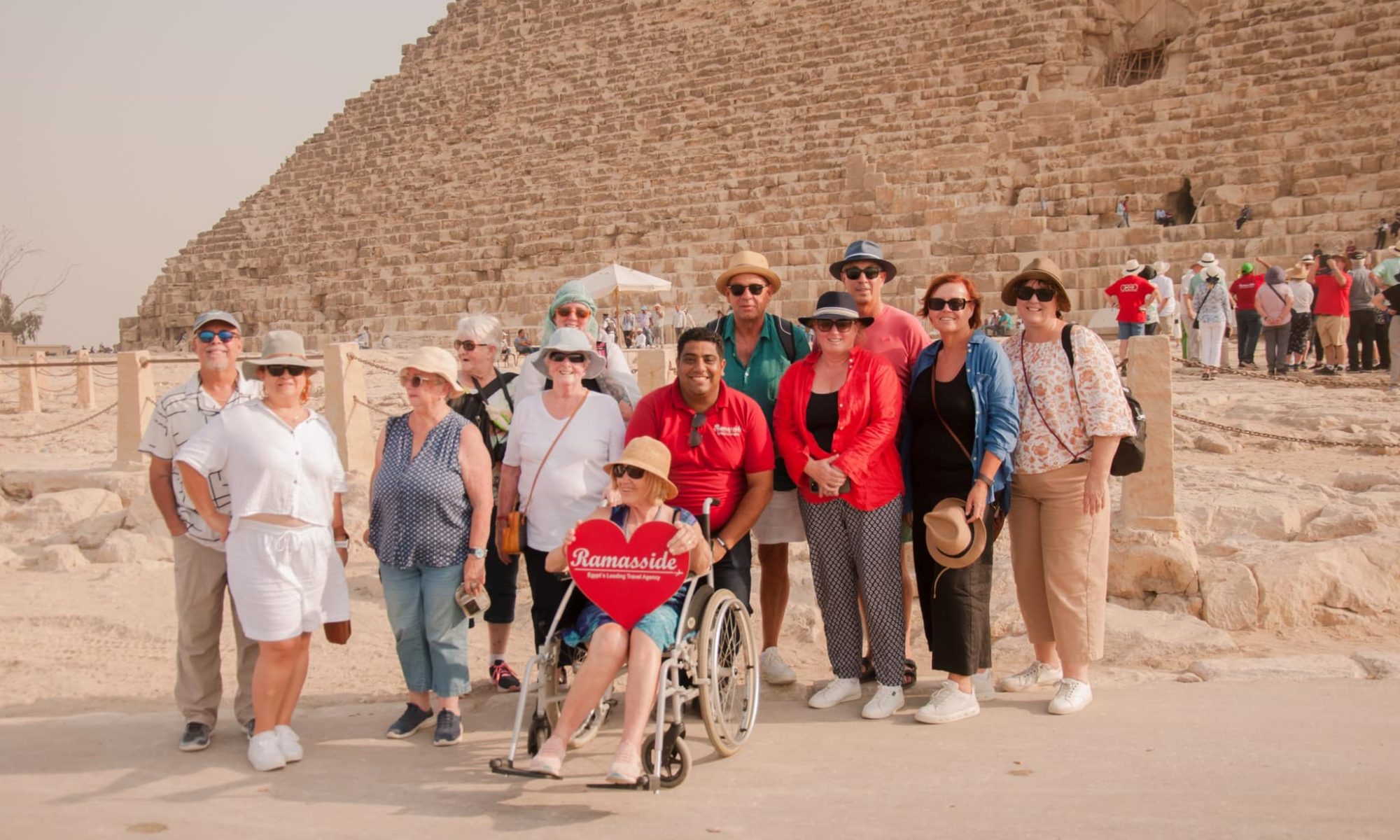
Nestled within the arid cliffs of the Valley of the Kings in Luxor, Egypt, the Hatshepsut Temple, also known as Djeser-Djeseru, stands as a remarkable testament to the legacy of one of Egypt’s most extraordinary pharaohs, Queen Hatshepsut. This awe-inspiring temple, a harmonious blend of architectural elegance and historical significance, transports visitors back in time to an era of female empowerment and artistic excellence. In this blog post, we embark on a journey to explore the remarkable beauty and historical richness of the Hatshepsut Temple.
1. Queen Hatshepsut: The Pharaoh-Queen
Hatshepsut was a unique pharaoh in ancient Egypt’s history. She was one of the few women to assume the title of pharaoh and ruled during the 18th Dynasty, from 1478 to 1458 BC. Her reign is characterized by a period of peace, prosperity, and artistic flourishing.
2. The Temple of Deir el-Bahri
The Hatshepsut Temple is part of the larger Deir el-Bahri complex, which includes other mortuary temples and tombs. It is known for its distinctive terraced architecture, characterized by three levels of colonnades and terraces that blend seamlessly with the natural rock formations.
3. Architectural Grandeur
The temple’s architecture is a testament to the sophisticated design and engineering of ancient Egypt. The terraces and colonnades are adorned with exquisite reliefs, sculptures, and hieroglyphics that depict the history and achievements of Hatshepsut’s reign.
4. The Chapel of Hathor
One of the most celebrated features of the Hatshepsut Temple is the Chapel of Hathor. This sanctuary, dedicated to the goddess Hathor, features intricately designed columns shaped like the goddess herself, complete with cow’s ears, a symbol of motherhood and fertility.
5. The Senenmut Architectural Masterpiece
Senenmut, the architect of the temple and one of Hatshepsut’s closest advisors, played a crucial role in the construction of this stunning complex. The temple reflects his artistic vision and his devotion to the female pharaoh.
6. Religious Significance
The Hatshepsut Temple was designed to honor the sun god Amun-Ra and Queen Hatshepsut herself. The reliefs and inscriptions on the temple walls provide a glimpse into the religious beliefs and rituals of the time, as well as the queen’s divine lineage.
7. The Journey to the Afterlife
Hatshepsut’s temple was built not only as a tribute to her reign but also as a funerary monument. It housed the queen’s mortuary chapel and served as a place for the rituals and offerings necessary to ensure her successful journey to the afterlife.

